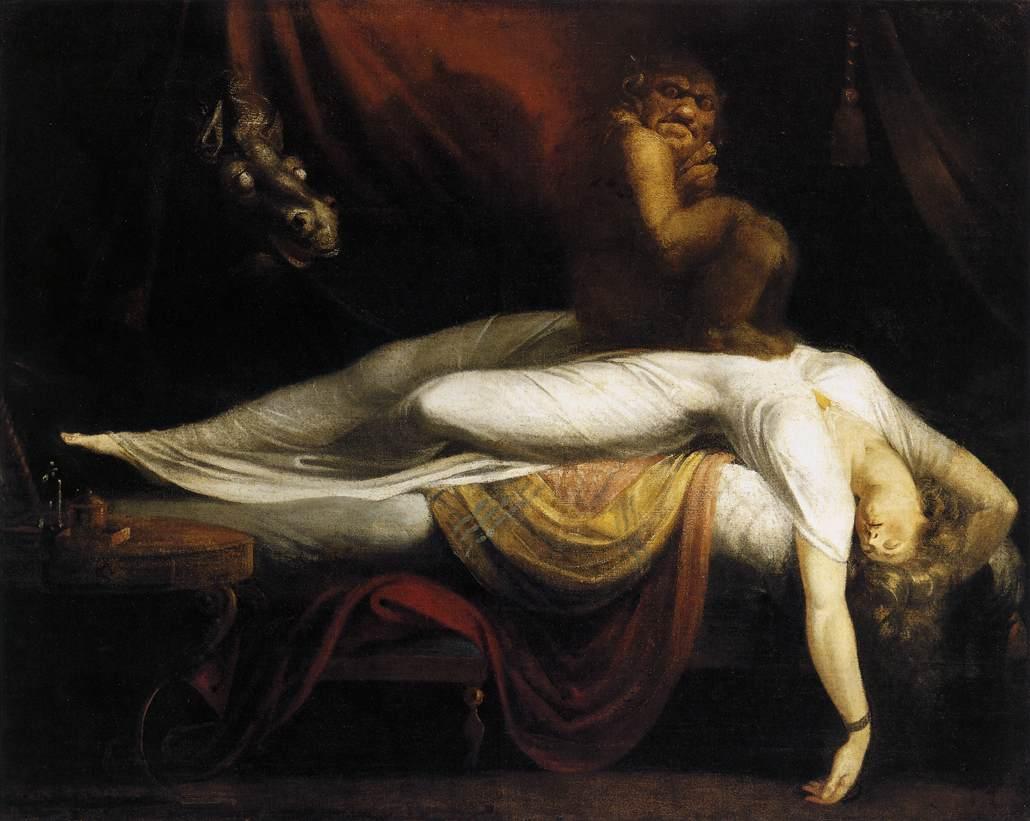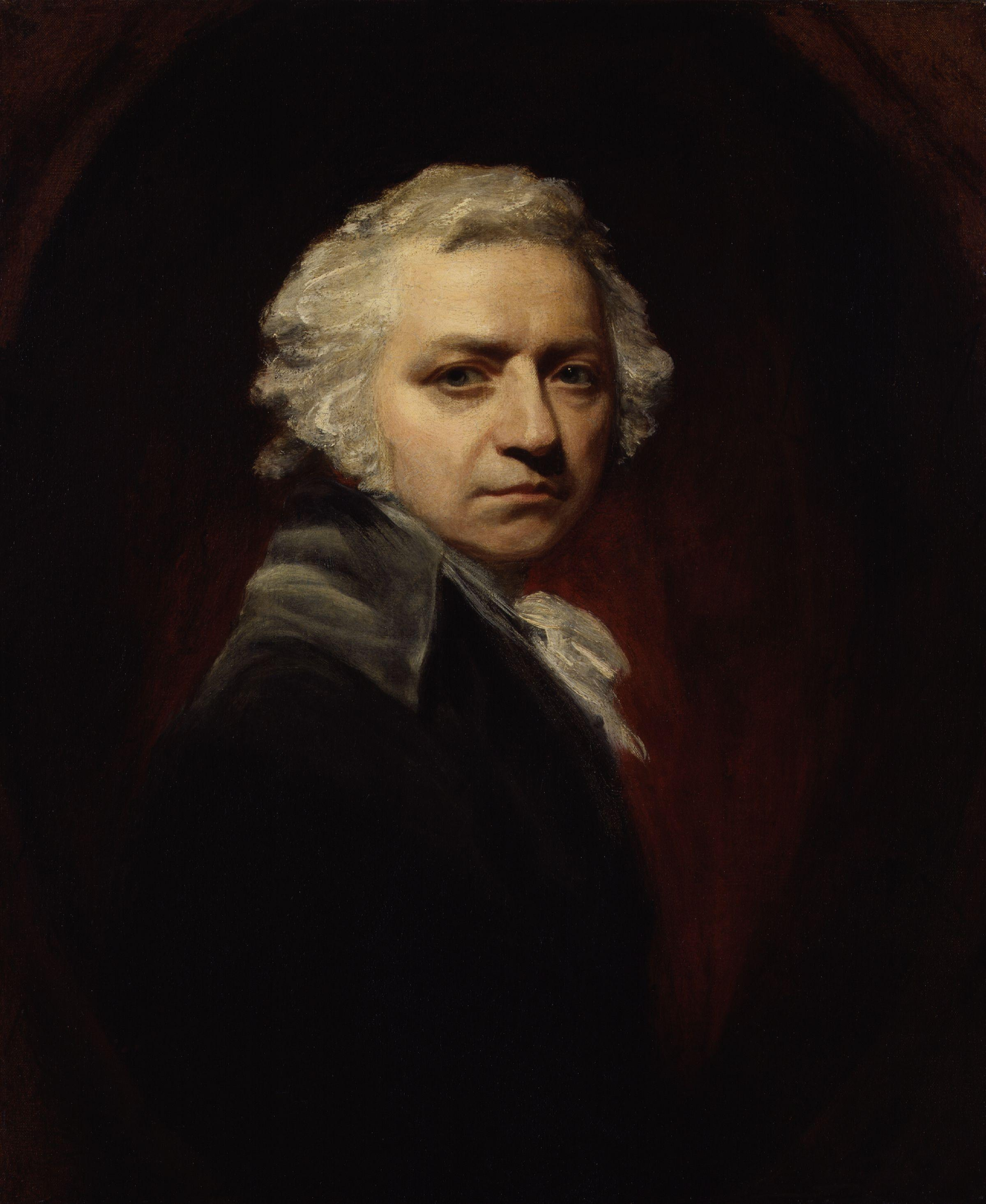This image has been analyzed in numerous ways in reference to its jumpstart of the Gothic movement in art, but also for its meaning in reference to his life and his relationship with the Godwins, including Mary Shelley. When this painting was first exhibited, painting was meant to be uplifting--heroic historical subjects, picturesque landscapes, flattering portraits of aristocracy (or in other words, pastoral). But Fuseli's painting suggested strange powers we can neither fully understand nor control. Interpretations of The Nightmare have varied widely. The canvas seems to portray simultaneously a dreaming woman and the content of her nightmare. The incubus and the horse's head refer to contemporary belief and folklore about nightmares, but have been ascribed more specific meanings by some theorists. Contemporary critics were taken aback by the overt sexuality of the painting, which has since been interpreted by some scholars as anticipating Freudian ideas about the unconscious. For contemporary viewers, The Nightmare invoked the relationship of the incubus and the horse (mare) to nightmares. The work was likely inspired by the waking dreams experienced by Fuseli and his contemporaries, who found that these experiences related to folkloric beliefs like the Germanic tales about demons and witches that possessed people who slept alone. In these stories, men were visited by horses or hags, giving rise to the terms "hag-riding" and "mare-riding", and women were believed to engage in sex with the devil. The etymology of the word "nightmare", however, does not relate to horses. Rather, the word is derived from mara, a Scandinavian mythological term referring to a spirit sent to torment or suffocate sleepers. The early meaning of "nightmare" included the sleeper's experience of weight on the chest combined with sleep paralysis, dyspnea, or a feeling of dread. The painting incorporates a variety of imagery associated with these ideas, depicting a mare's head and a demon crouched atop the woman.




The Nightmare
oil on canvas • 101.6 cm × 127 cm
 Henry Fuseli
Henry Fuseli